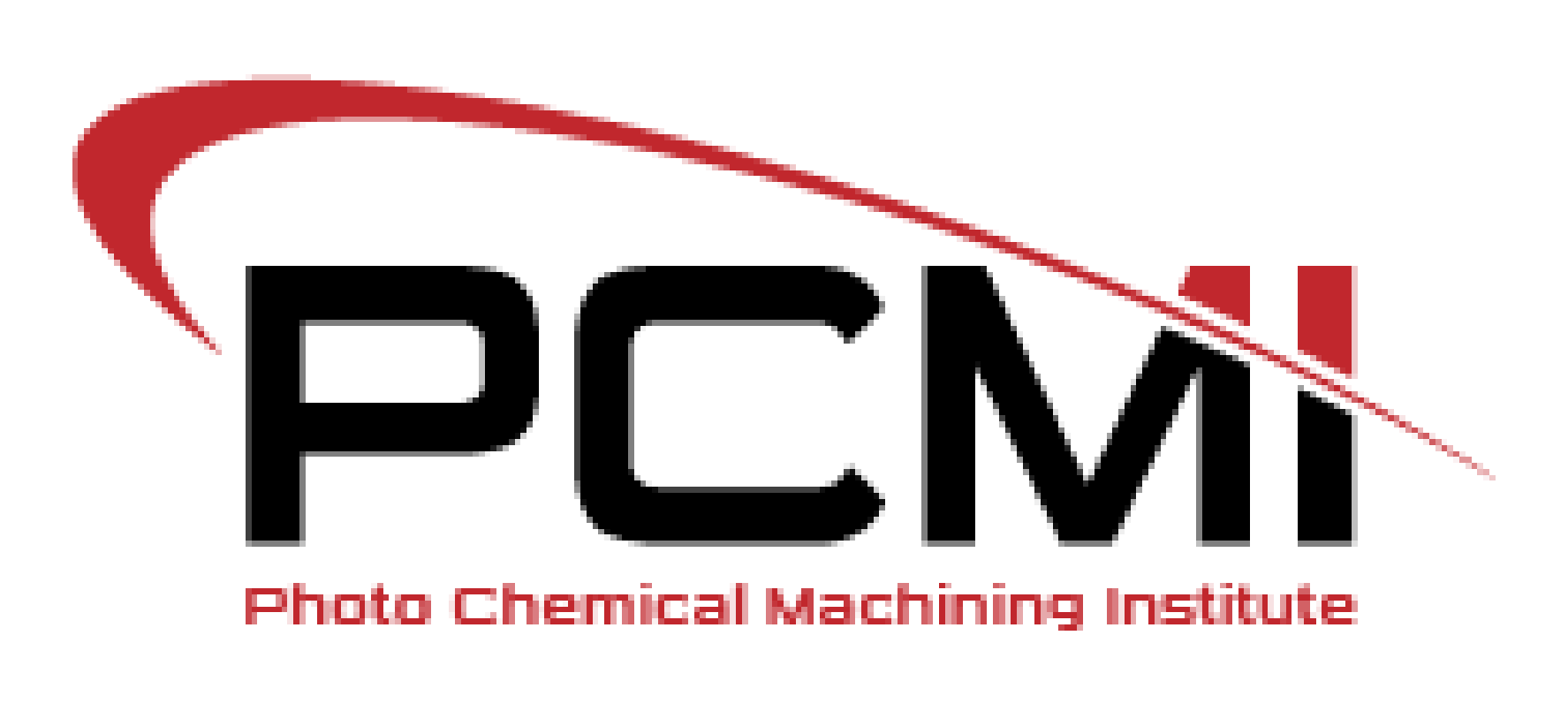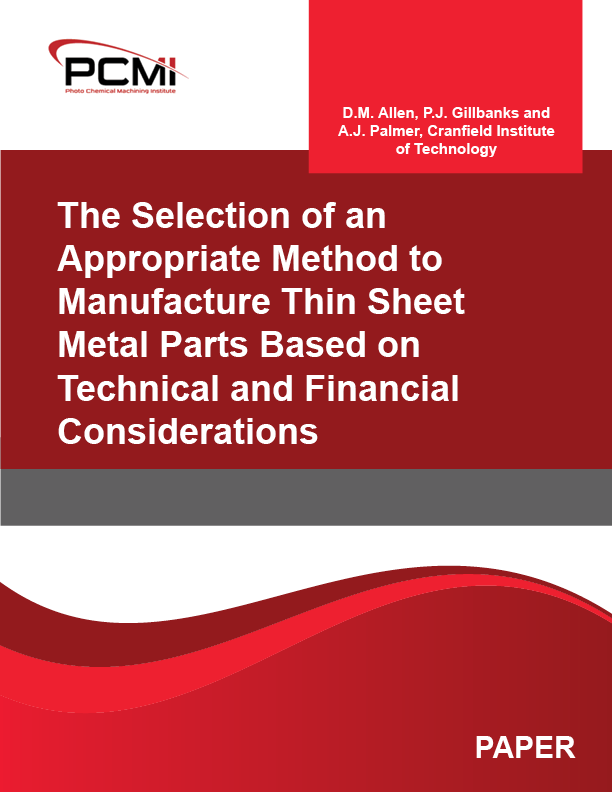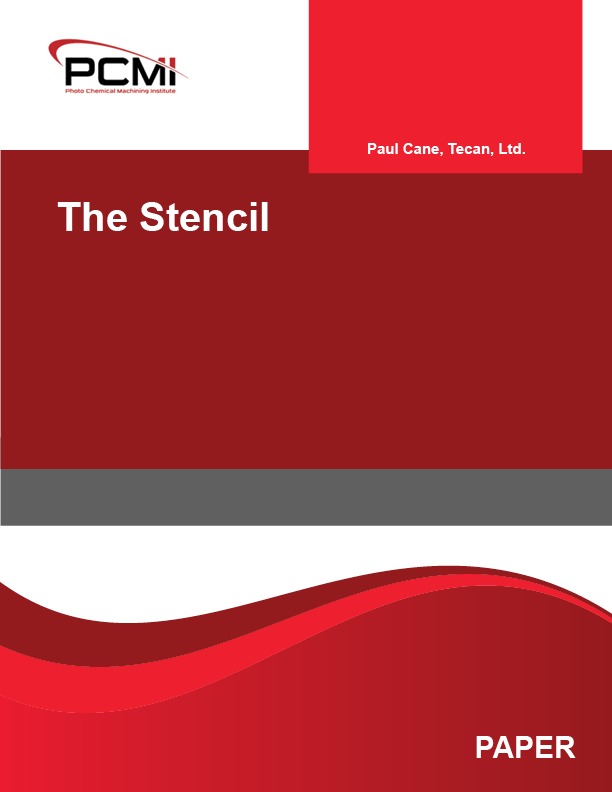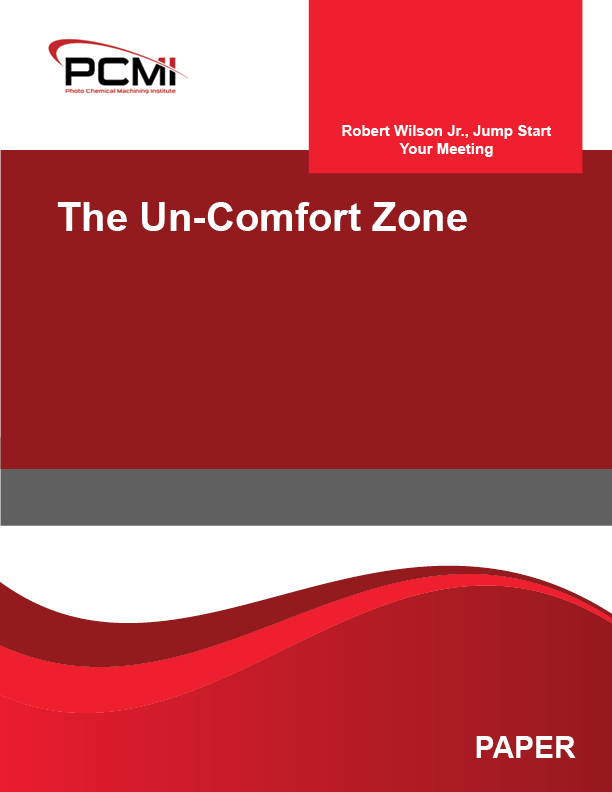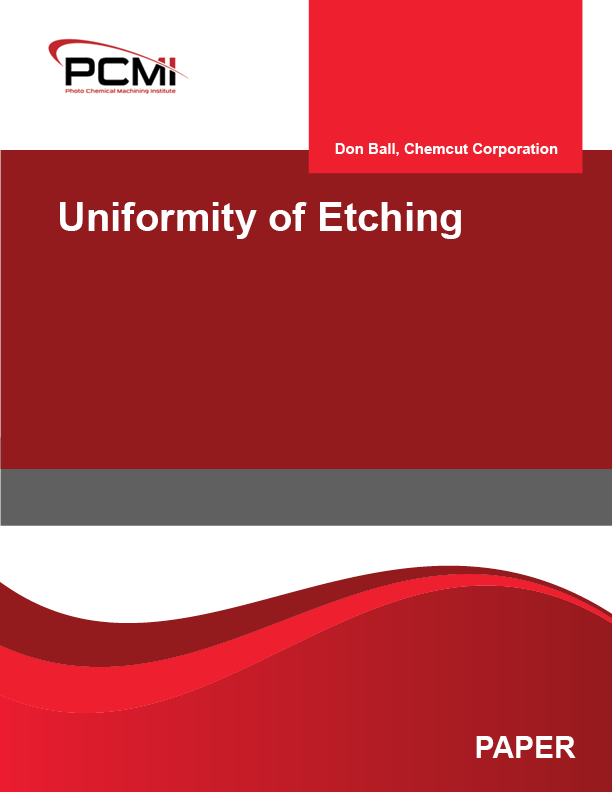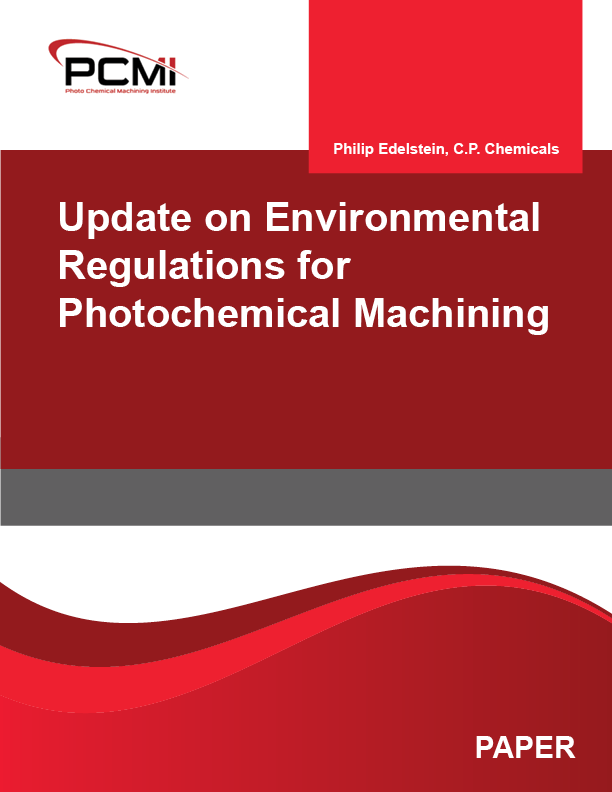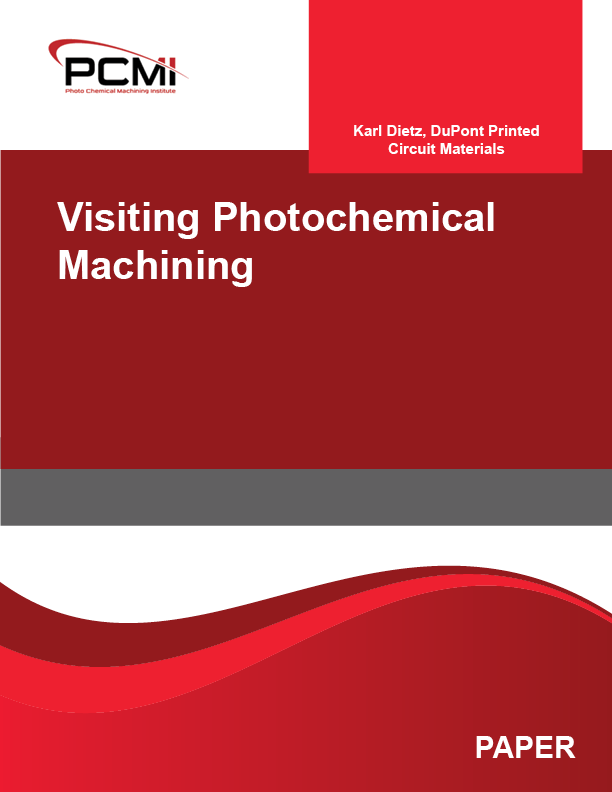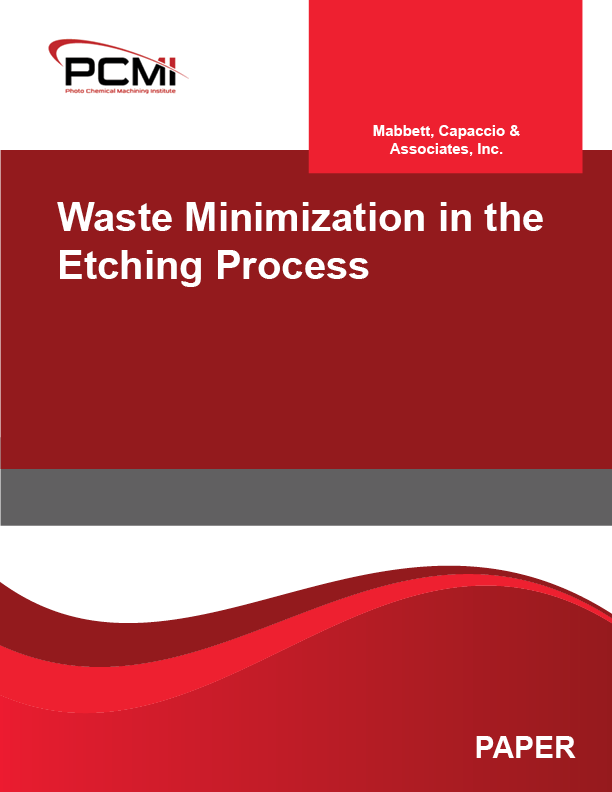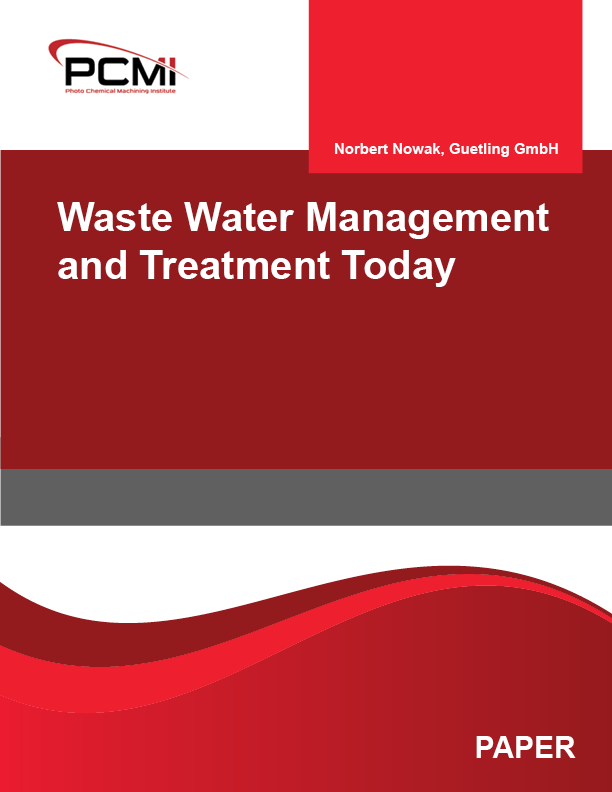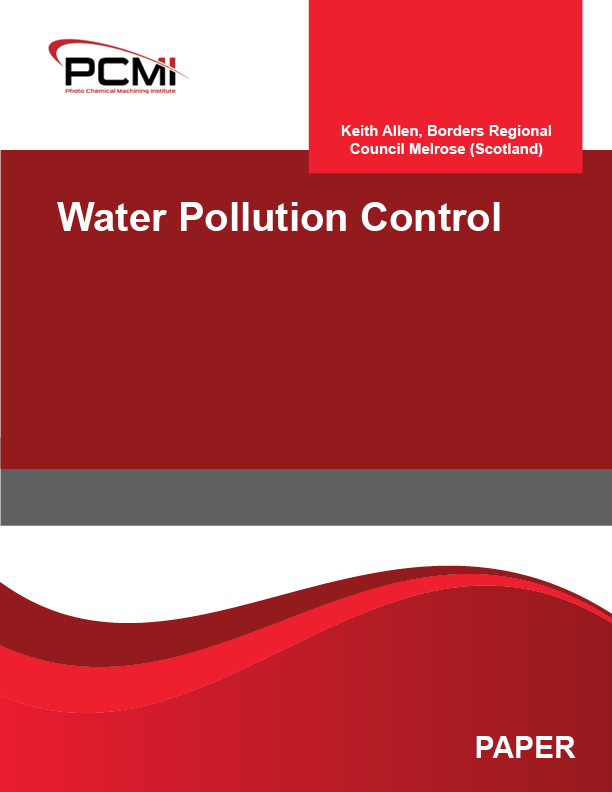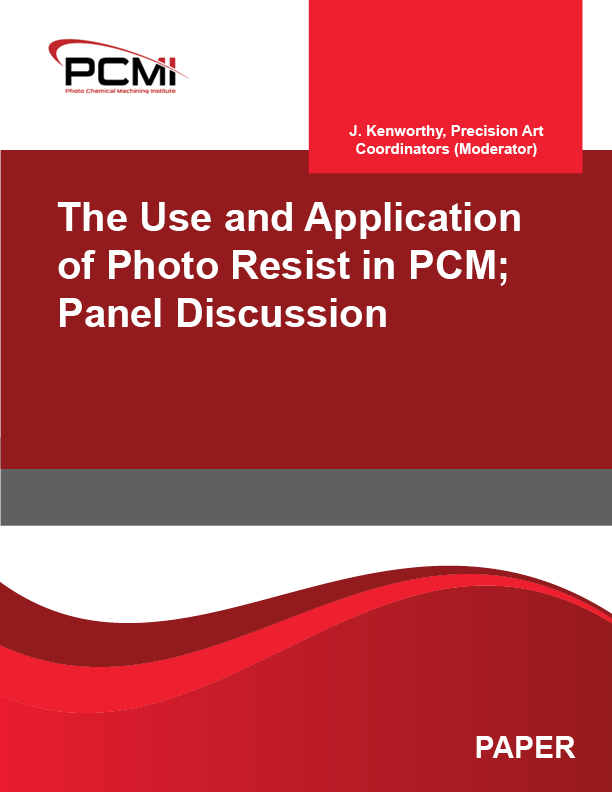
Dry Film Resist Stripping
Dry film photoresists have become the most widely used plating and etching resists for photochemical machining operations. They are classified into solvent, semi-aqueous and full aqueous resists, based on the type of chemistry required to process the resist. Solvent resists use chlorinated solvents for both developing and stripping. Semi-aqueous resists are developed in a solution of weak alkali and water miscible solvent. Full aqueous resists are usually developed with weak alkali alone. They can be stripped in hot alkali, but performance of alkali-only strippers is barely adequate for many production operations. Demands for higher strip rates and loading force many users of aqueous resist to use a semi-aqueous stripper: either a homebrew solution of a glycol ether and caustic or a proprietary blend of chemicals.
$60.00
